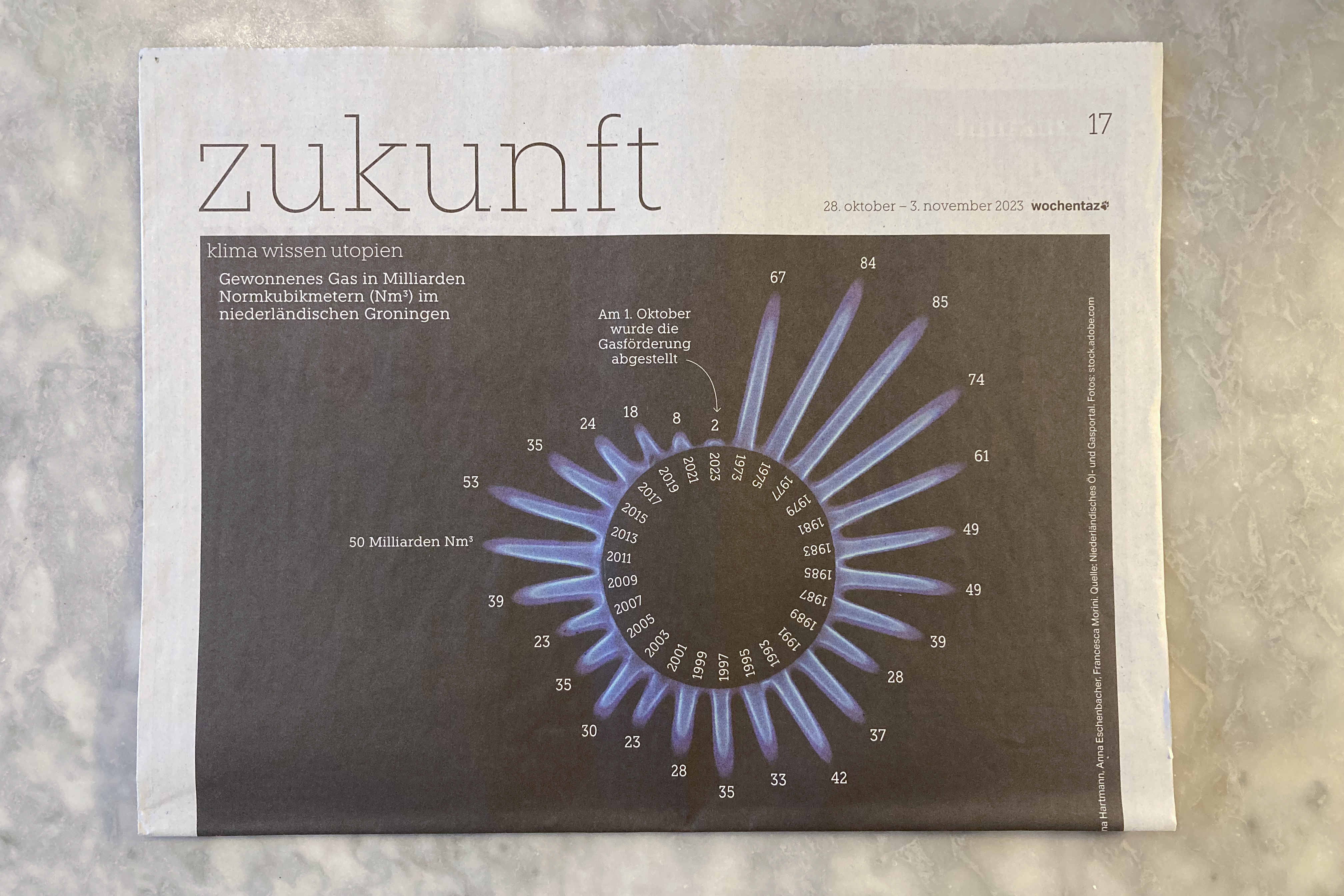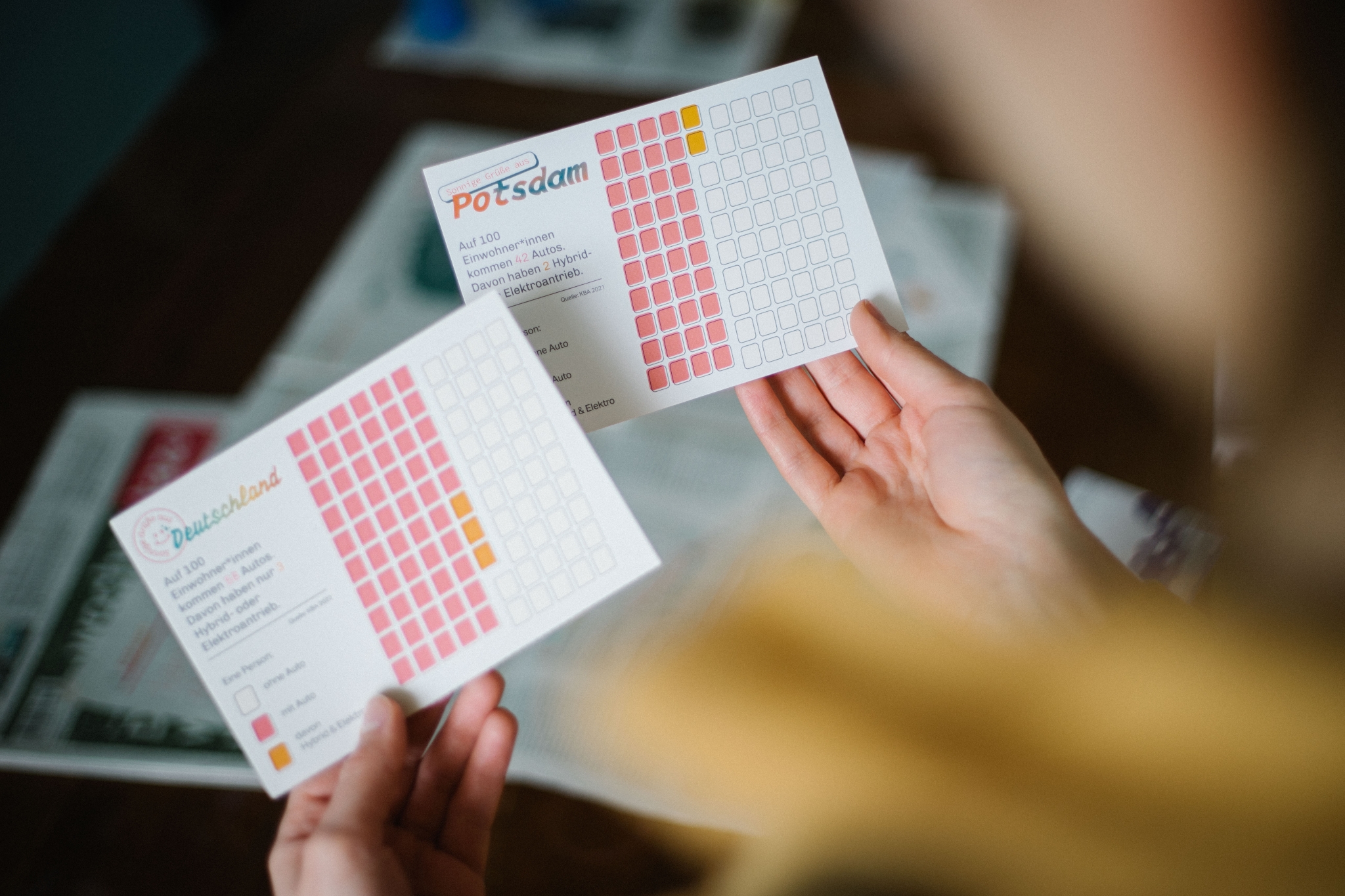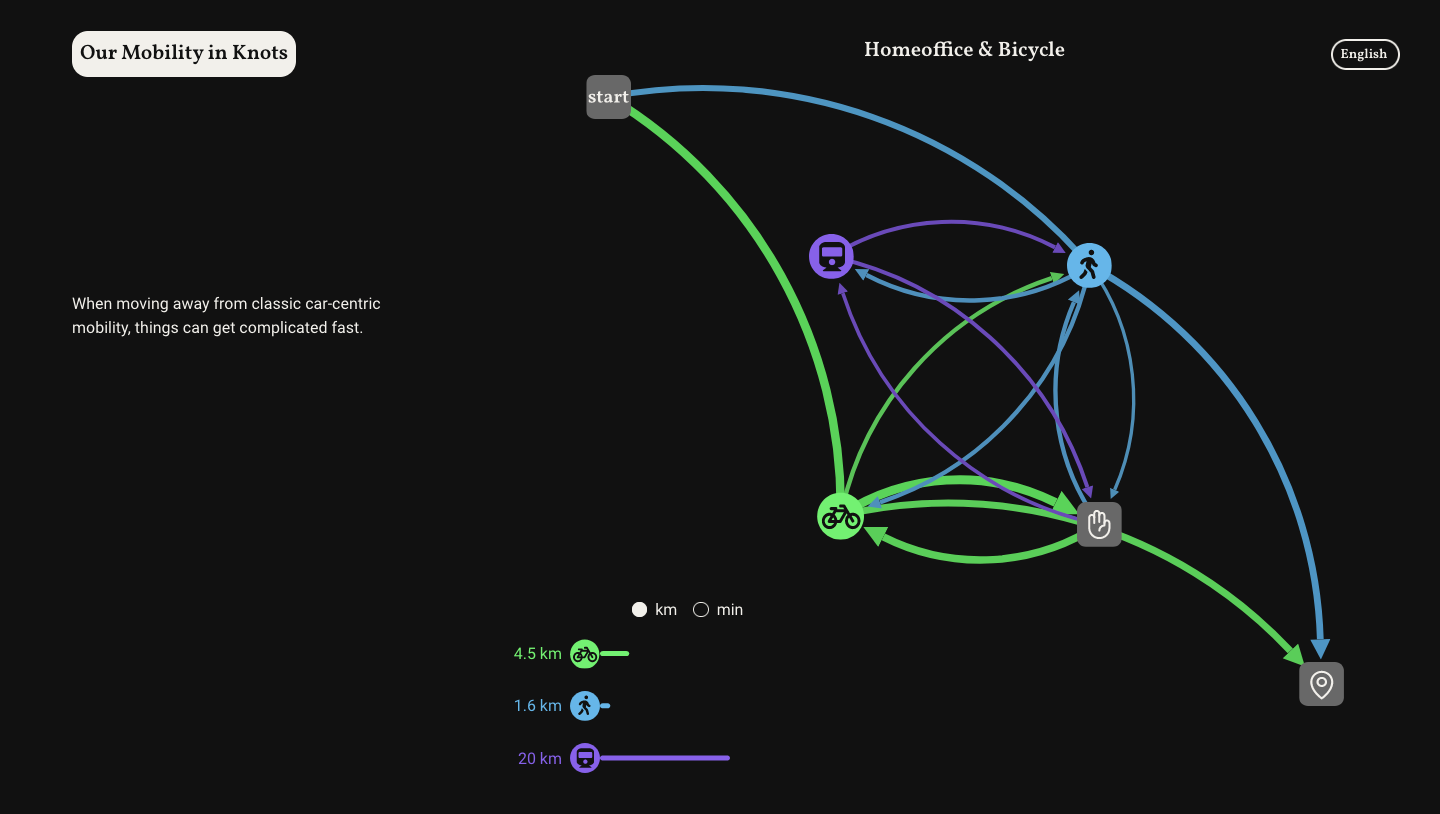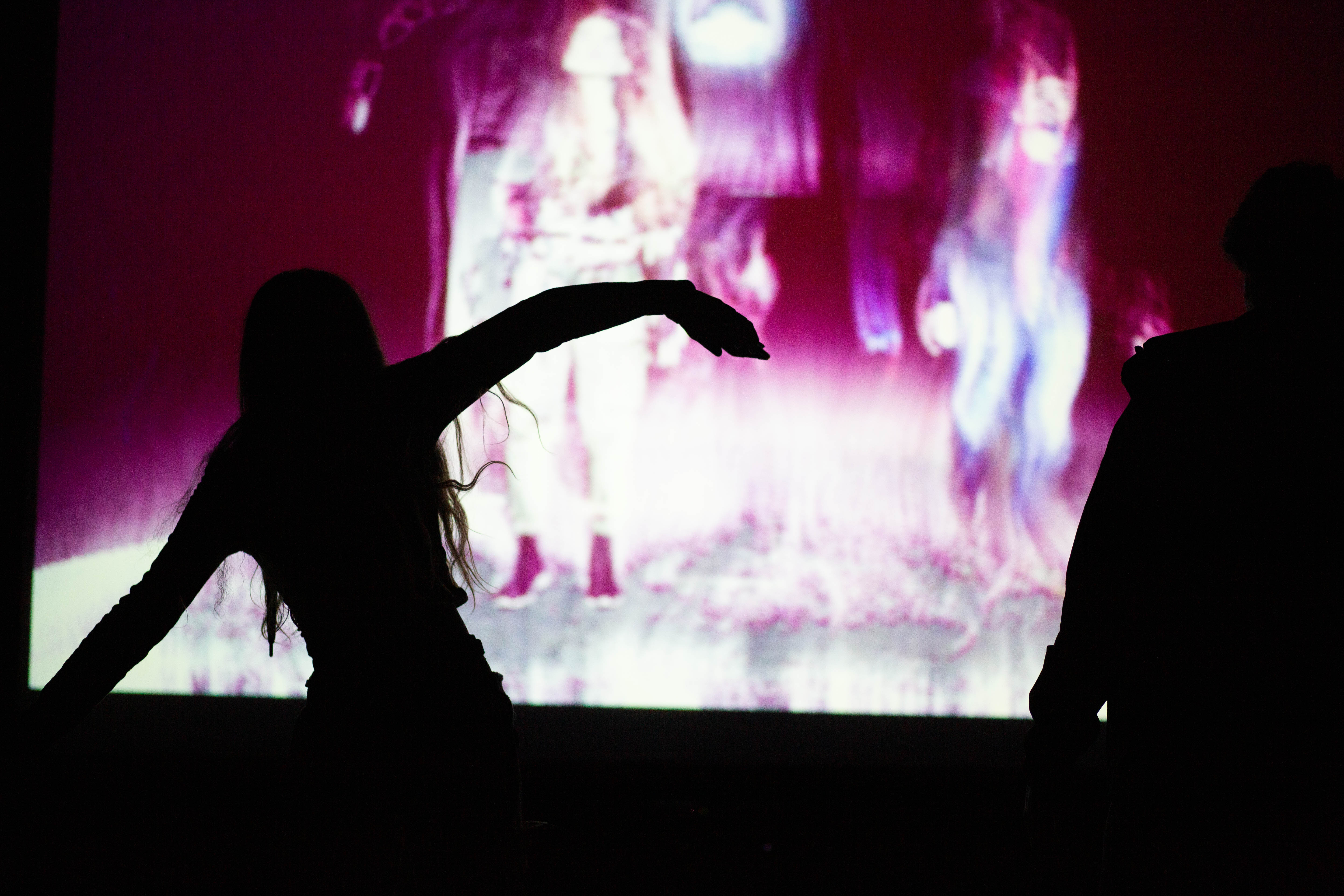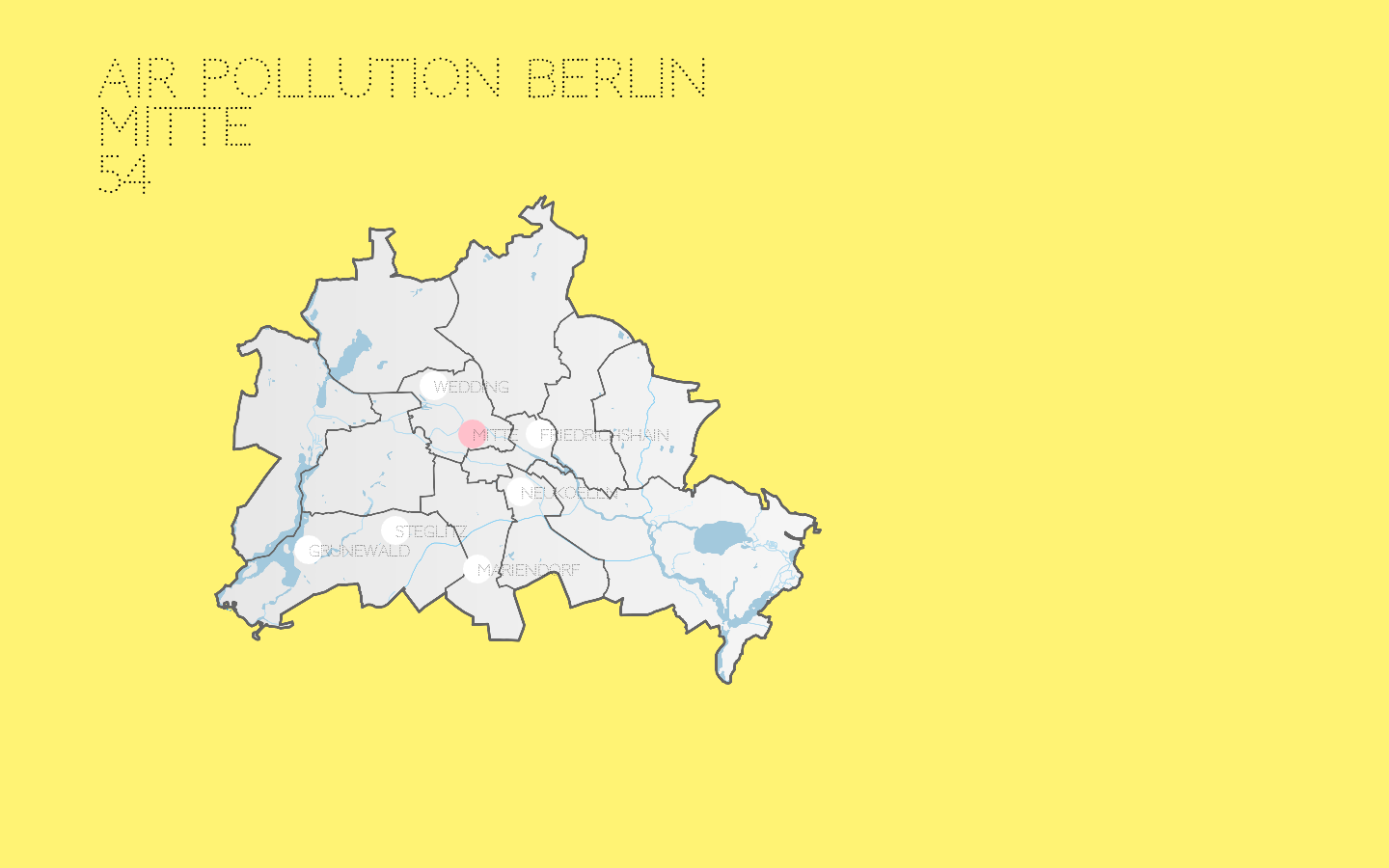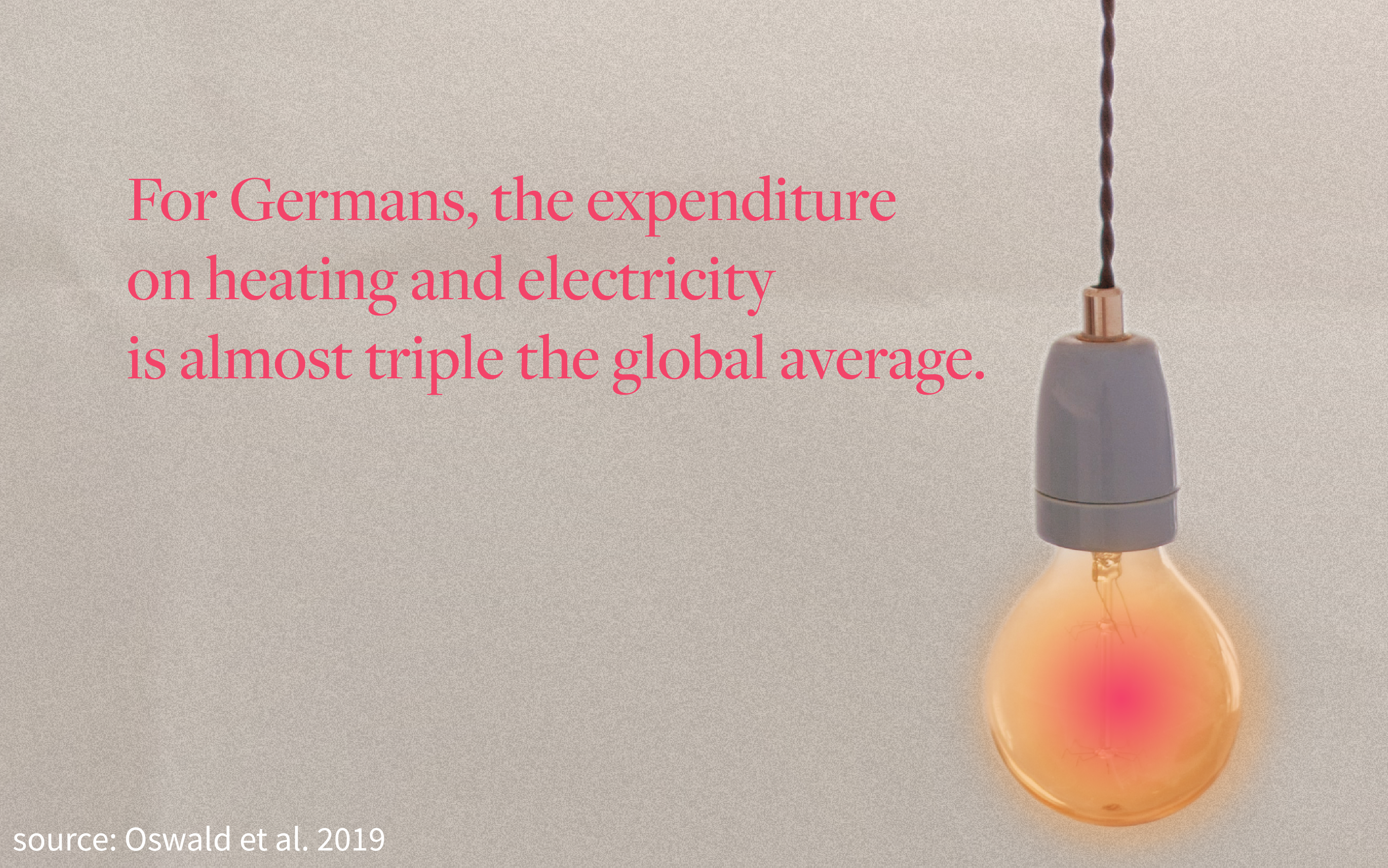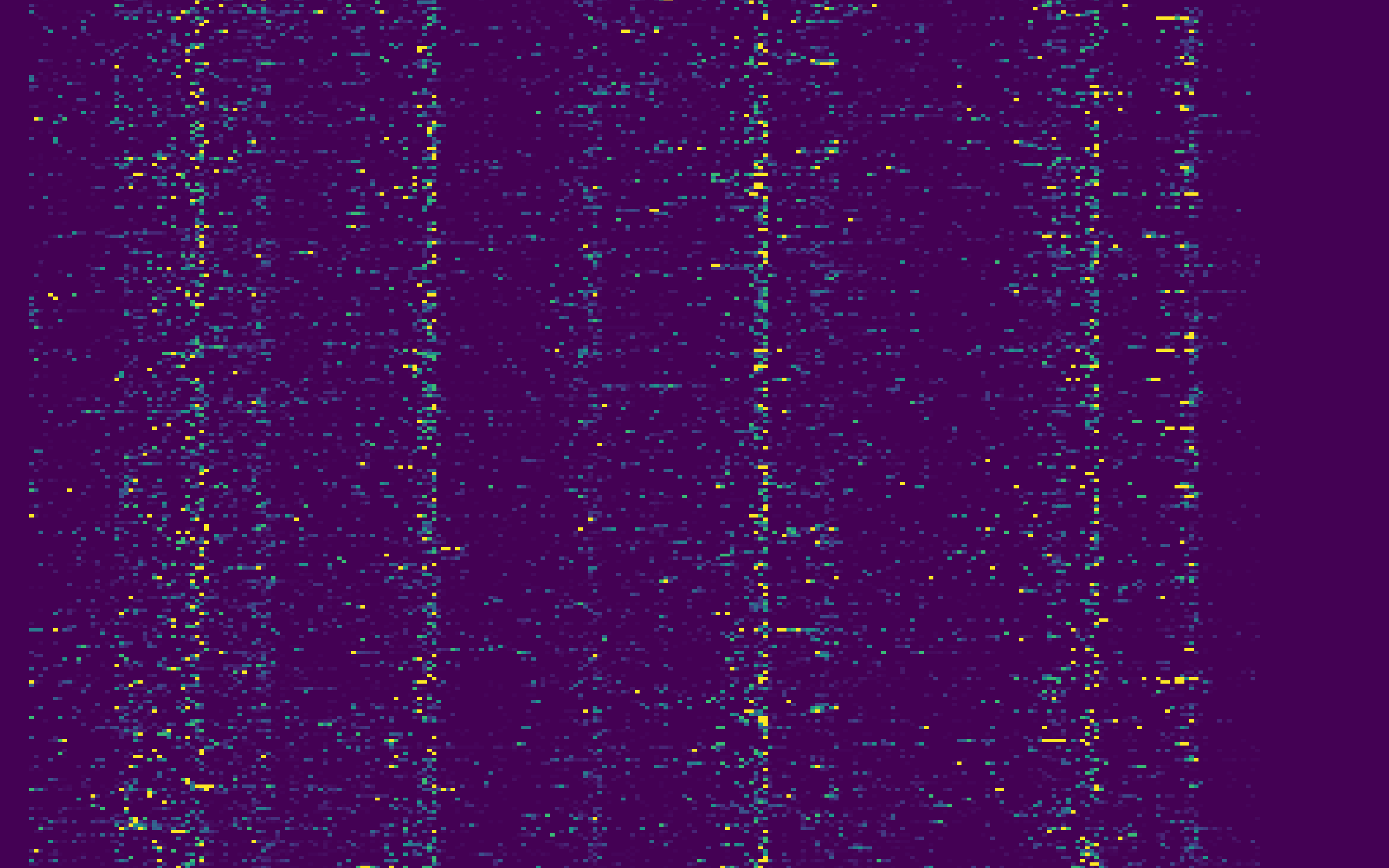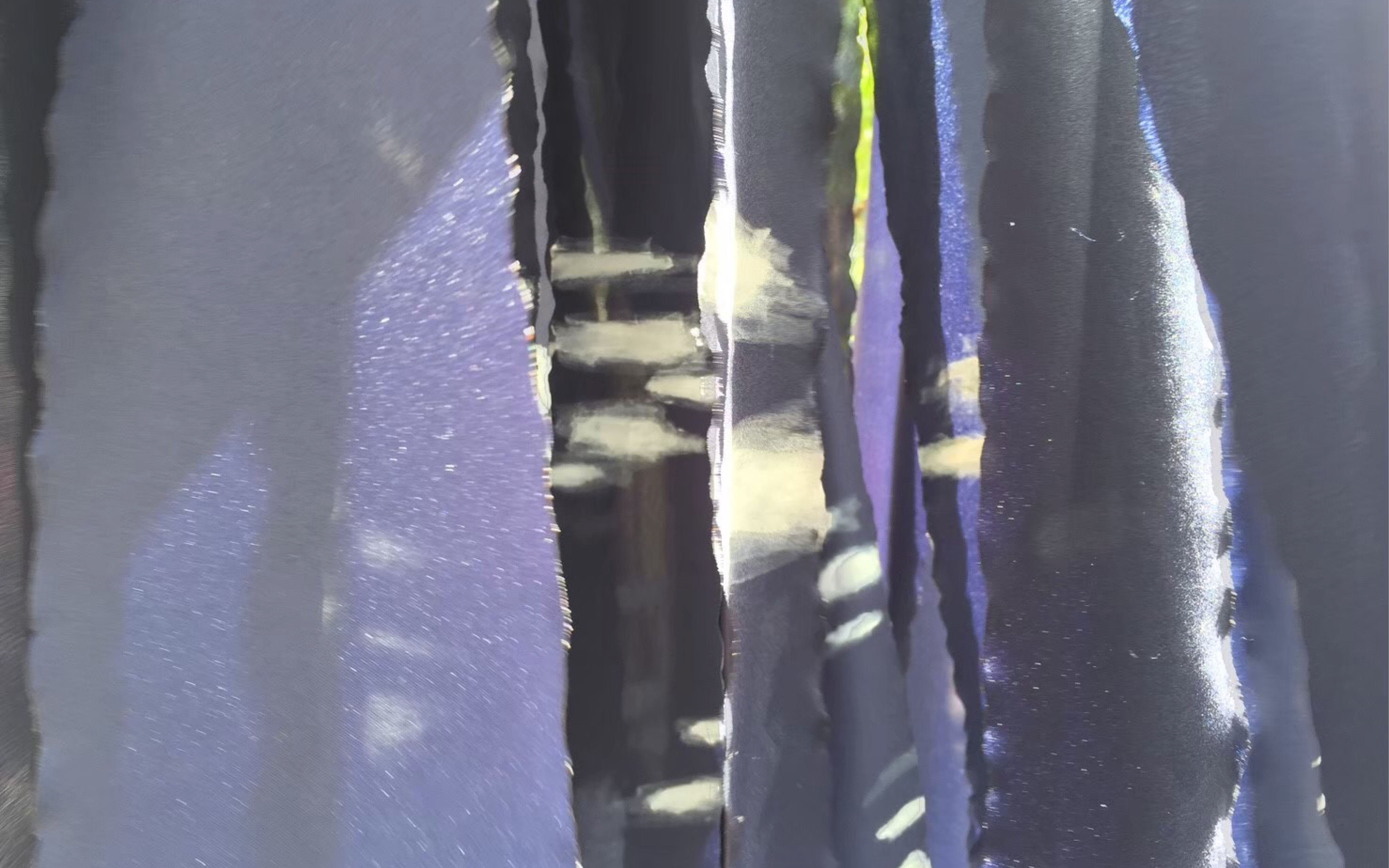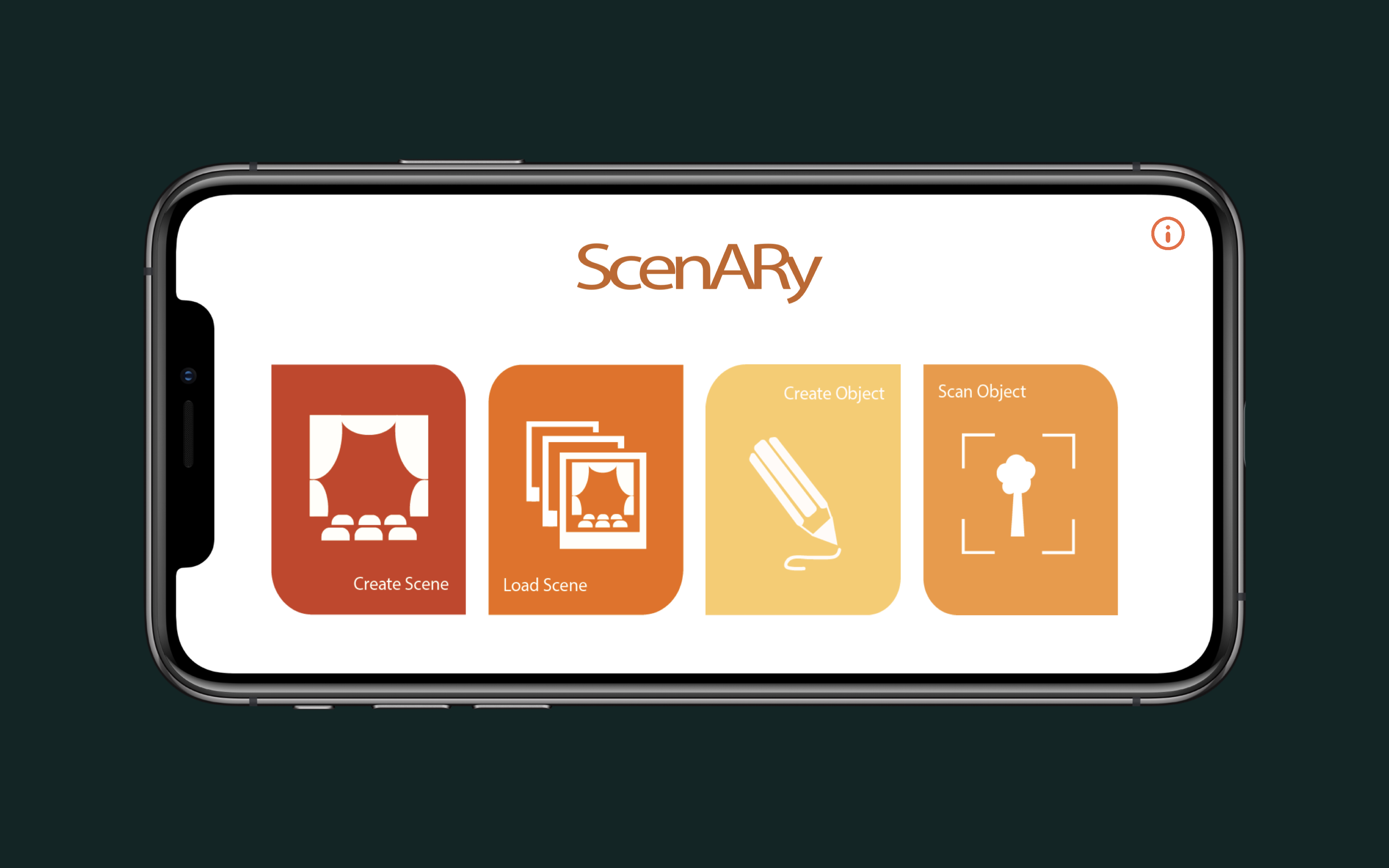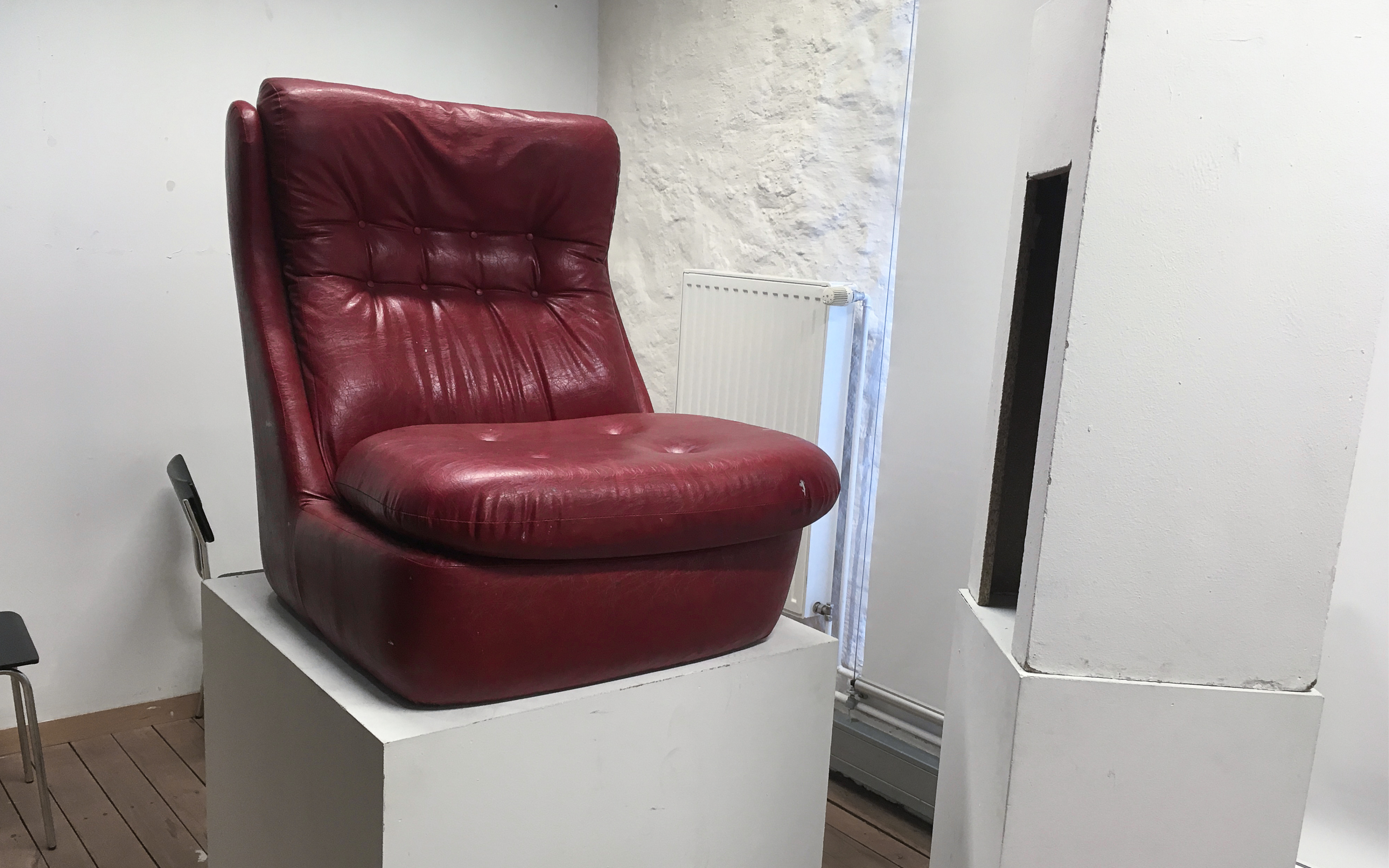
Master Thesis - Berlin's Water
Situating Open Government Data Within a Physical Space Through Data Visualization
The artistic project was done in collaboration with Anna Eschenbacher. The master's thesis is part of my master's program Creative Technologies at Film University Babelsberg Konrad Wolf and was supervised by Prof Dr. Lena Gieseke and Prof Dr. Marian Dörk.
Artistic Project
The data installation "Berlin's Water" or "Berliner Wasser" highlights the challenges around groundwater, especially regarding the climate crisis. Even today a decrease in the groundwater levels is visible and experts are working on establishing an infrastructure that is resilient to extreme weather events such as drought or flood. These events influence the groundwater levels in Berlin even today and are projected to rise further in the future.
The installation uses the formats of data physicalization and situated data visualizations to bring local data about water in Berlin and the climate crisis into the public space. The combination of materials that encode the data, data visualizations, further explanations, and participatory elements is designed to give diverse entry points into a complex topic. We co-designed the installation in collaboration with Berliner Wasserbetriebe (BWB) and visualization experts in the form of a co-design workshop.
Research
More and more governments open their data to the general public in data portals. Visualizations are embedded in the portals to support utilization for different levels of skill sets of the users. However, much effort is needed for citizens to access and use the portal and the visu- alization. In light of issues like the climate crisis, such data portals are hardly a sufficient way to communicate the relevant issues hidden in the open government data (OGD). Situated data physicalizations are a promising way to represent data locally and to make invisible issues graspable. This design study investigates how to situate OGD within the physical space through data visualization and physicalization. To develop design goal, a user study evaluating an existing OGD visualization and a co-design study with domain and visualization experts creating ideas and representations of the data are conducted. The design goals show the need to communicate in a situated data physicalization reasons for and measures against the problem and why one should care about it. Moreover, it should use visualizations, language, and physicalizations with the aim of creating an understanding of the issue. The second step is to support the audience in relating to the data, for which localization, interactions, participation, physicalizati- ons, and an event-based character are recommended. The design goals are embodied in a design, which is an installation about the sinking groundwater levels in Berlin. The thesis shows how investigating an existing OGD visualization leads to essential design considerations for communicating the underlying data to citizens through situated data physicalizations.
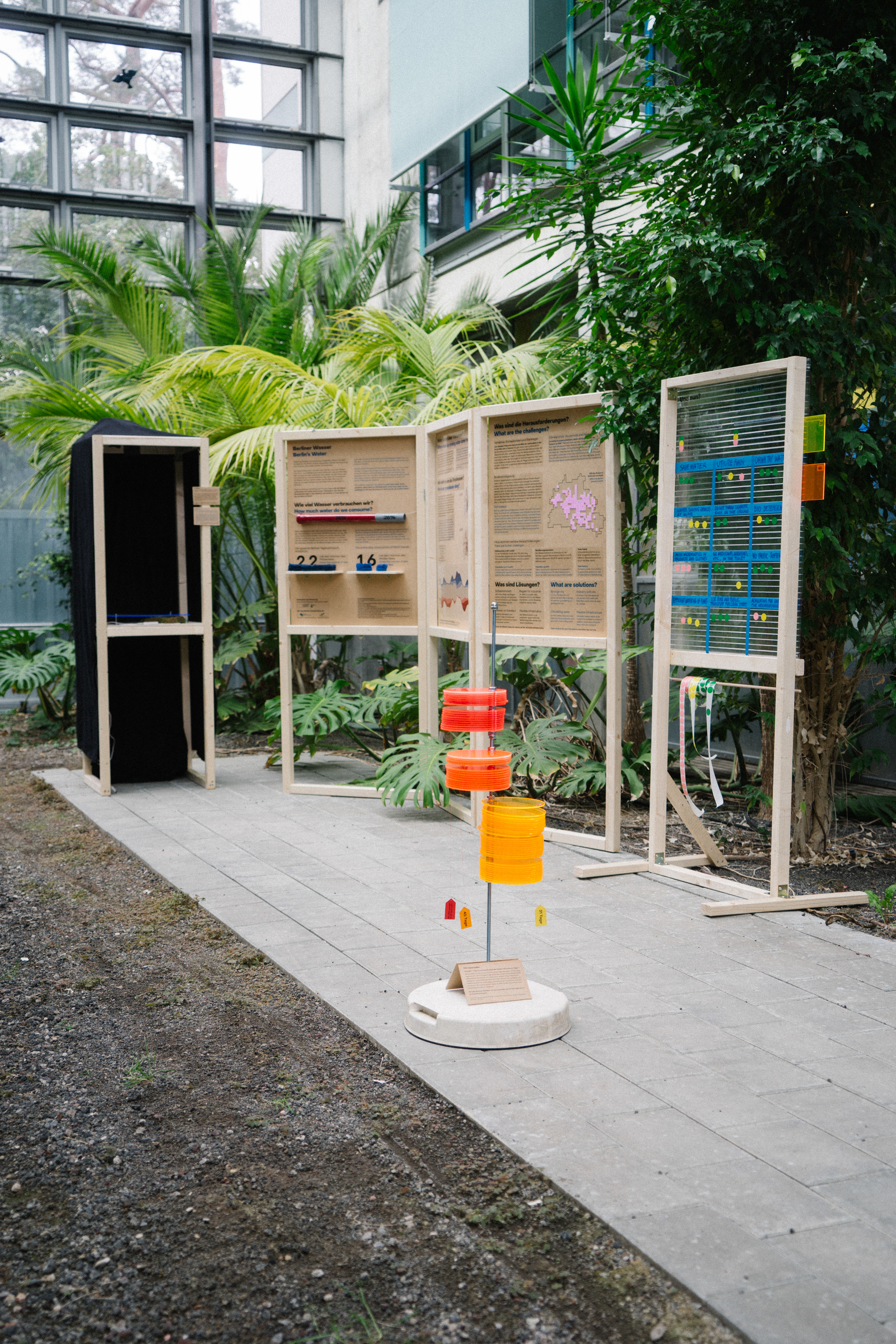
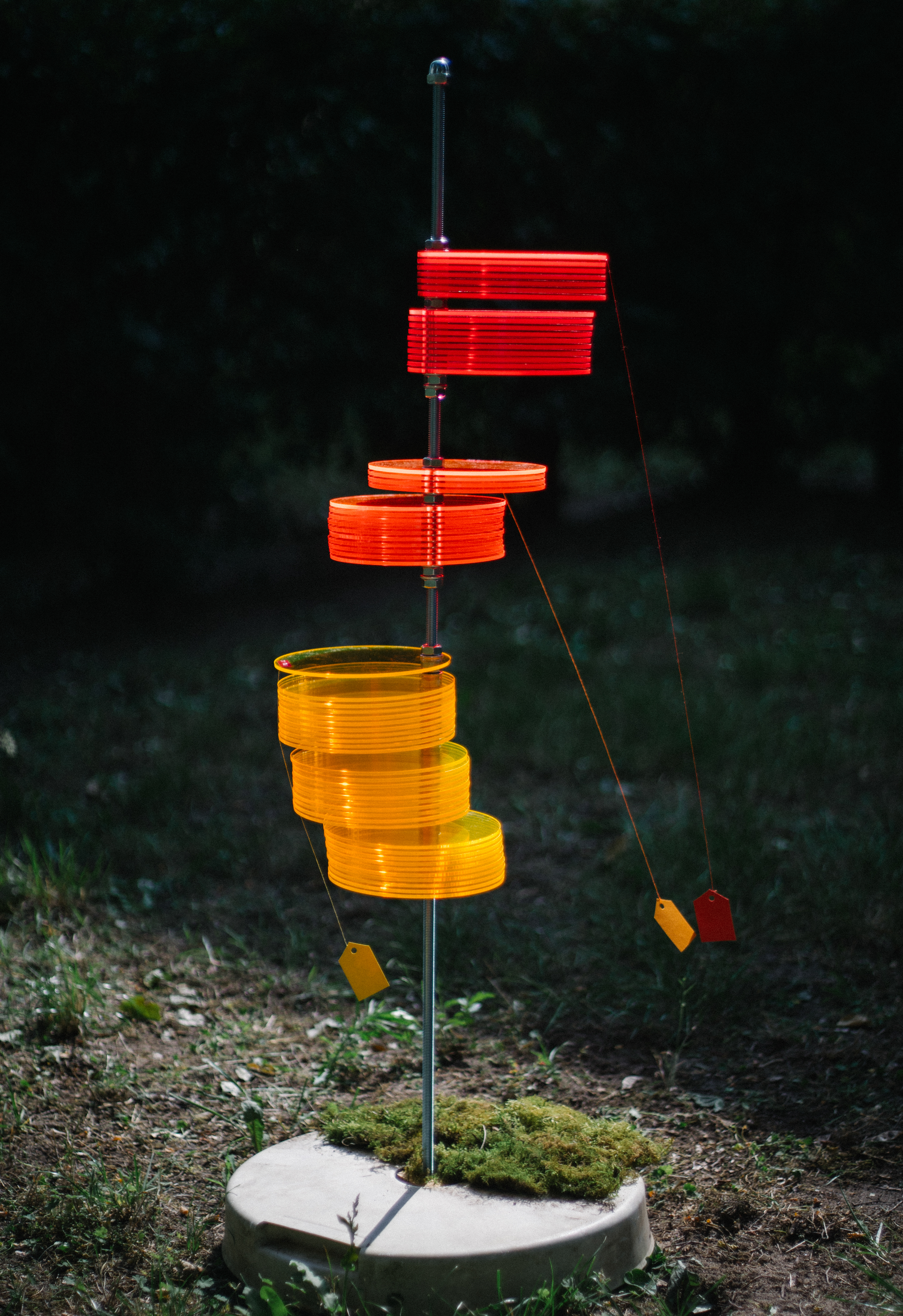
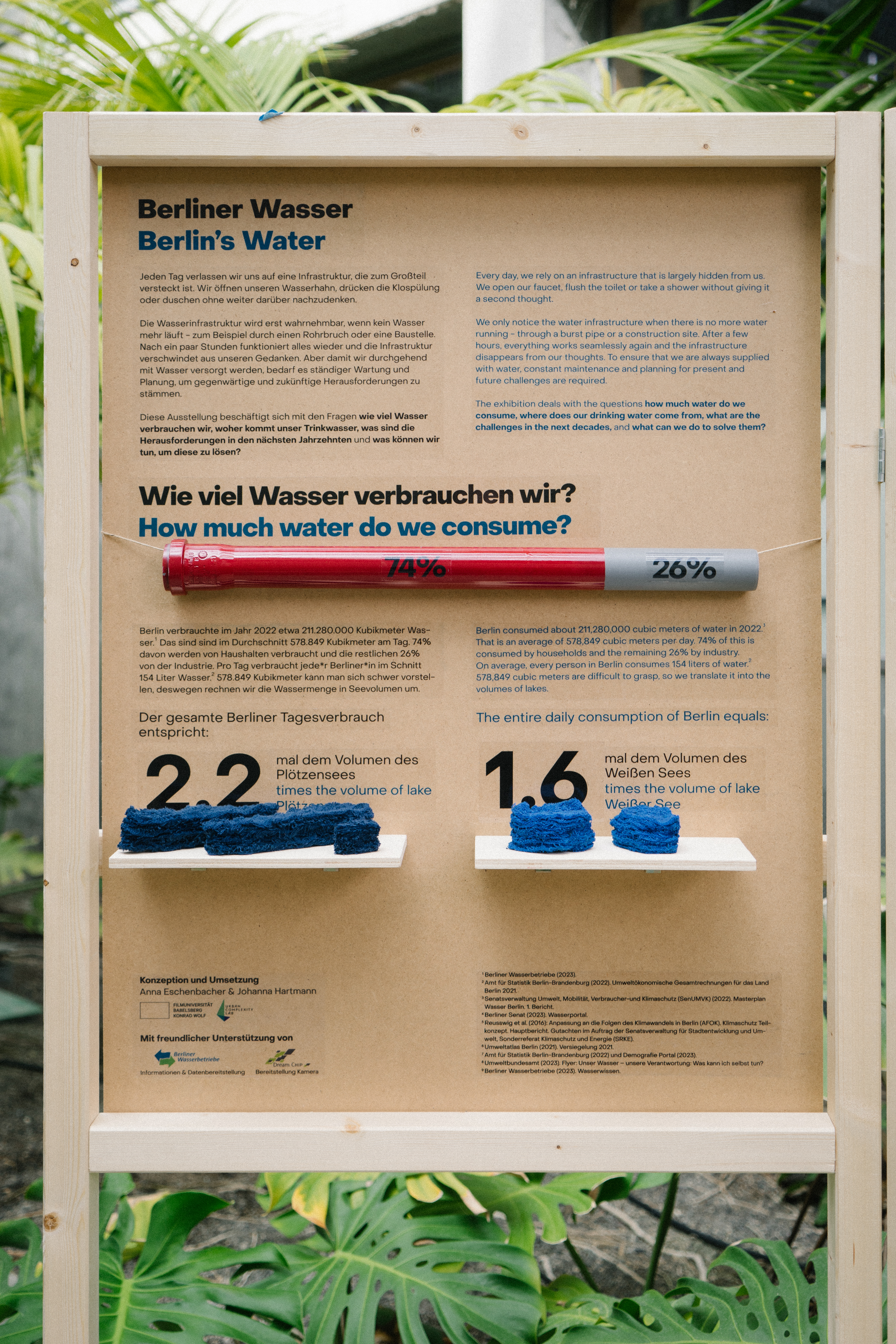

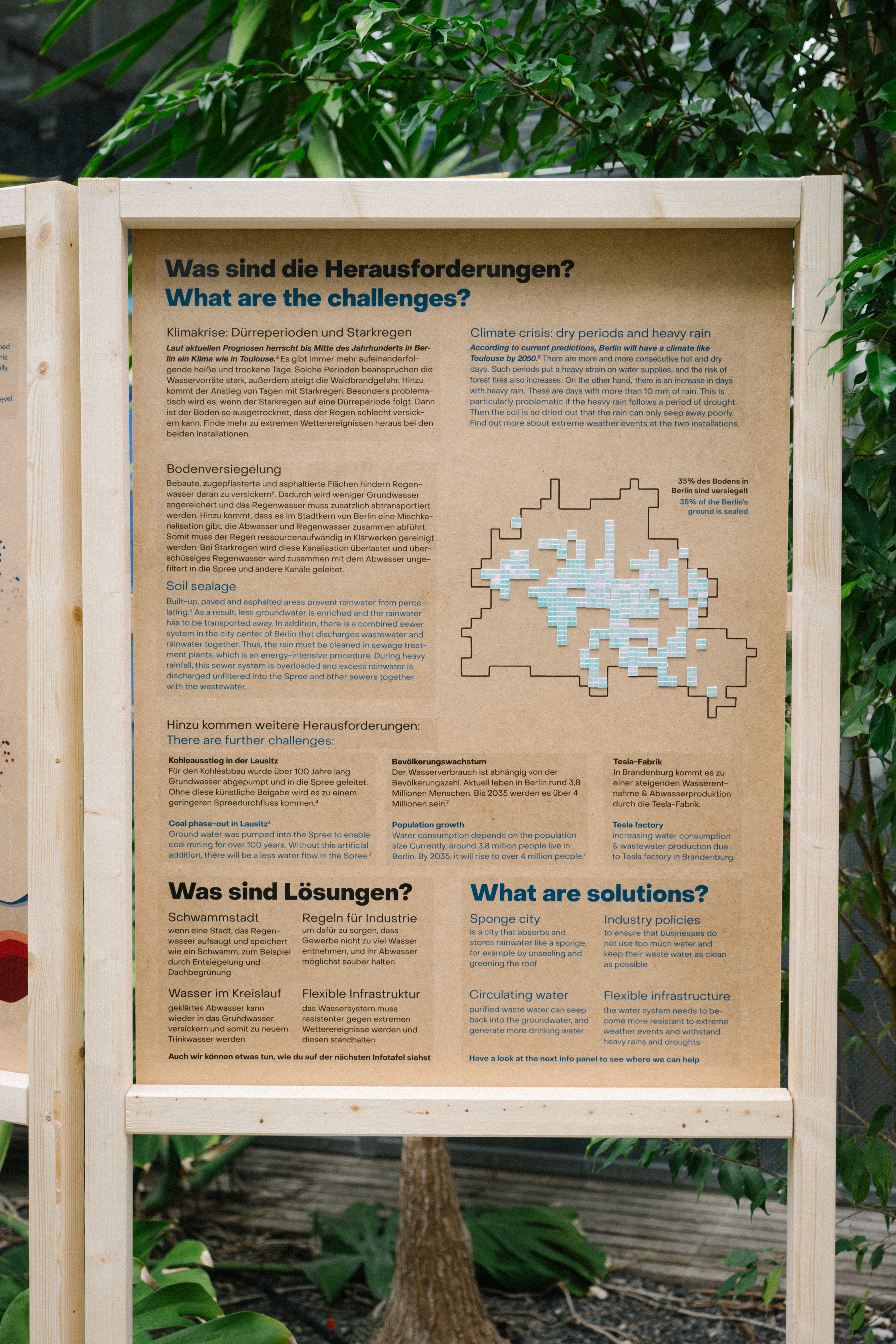
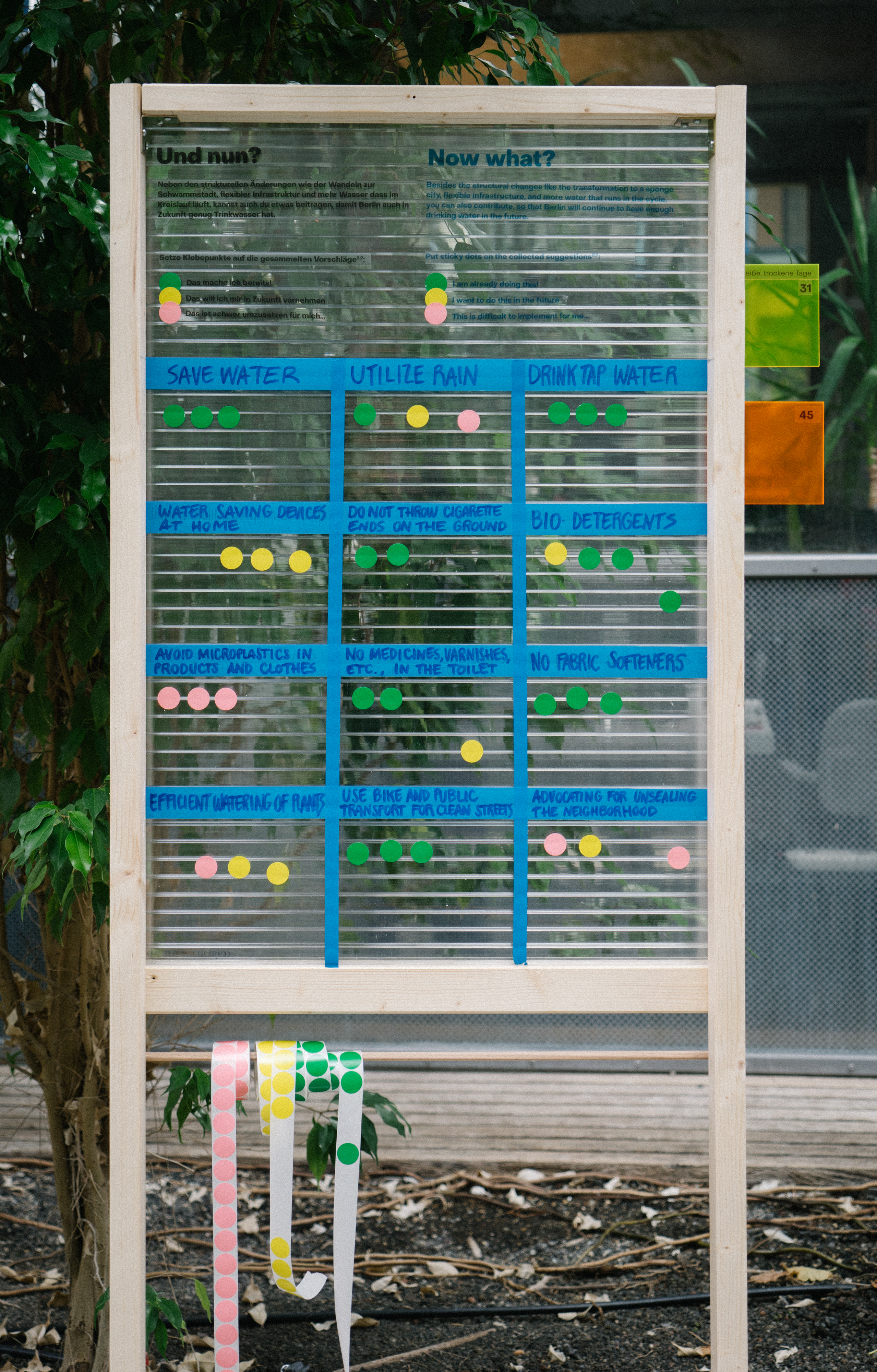
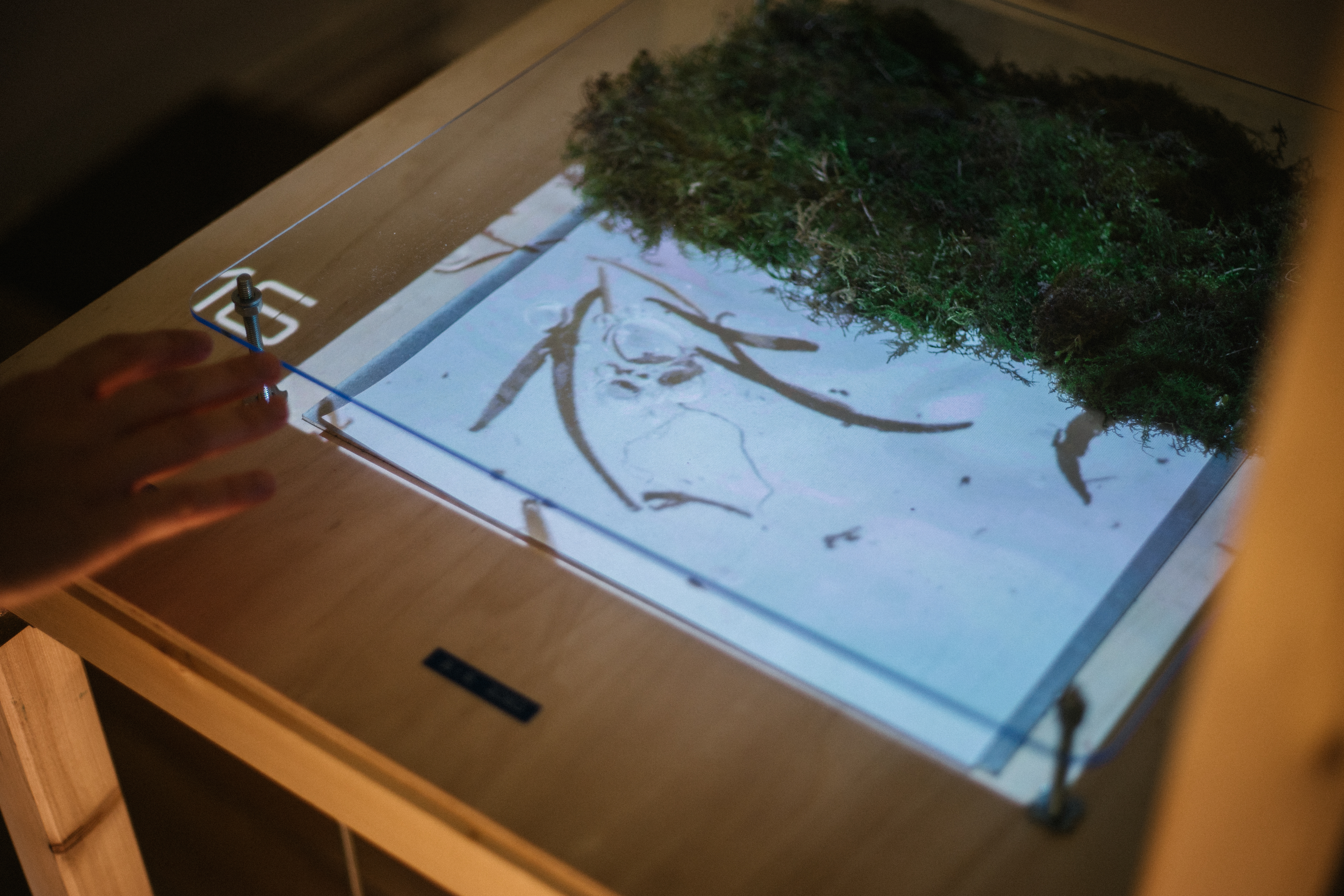
this project
2024
Berlin, Germany
